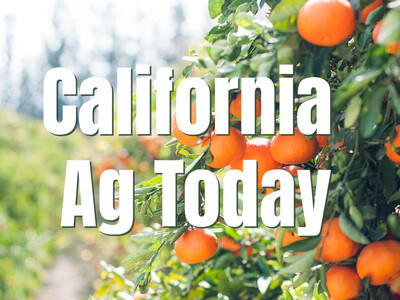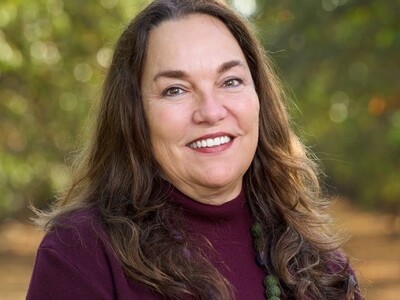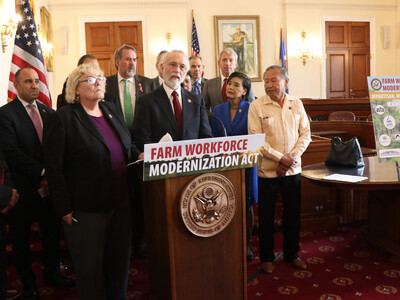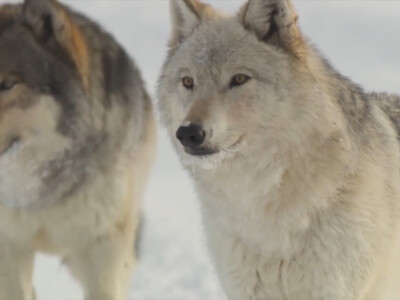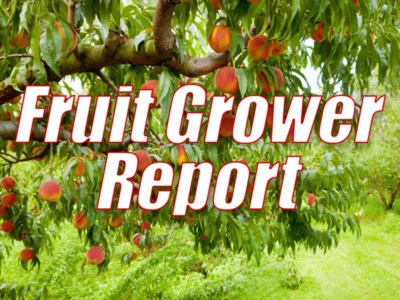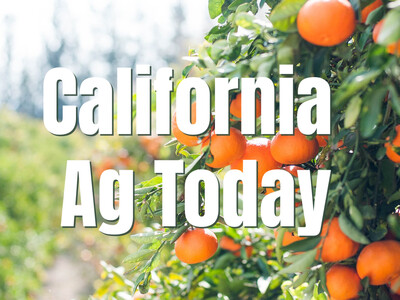Bird Habitat
USDA Creates More Bird Habitat Opportunities on Irrigated Farmland
The USDA Farm Service Agency has announced that the Conservation Reserve Program now will encourage more bird habitats to be established in irrigated farmland regions.
Declines in upland bird populations led to the creation of new Conservation Reserve Program features to help restore habitats for these species in these agricultural areas. Since the program's creation in 2004, more than 240,000 acres of marginal cropland have been converted to native grasslands, spurring an increase in upland bird populations. Here's FSA Spokesperson, Candy Moore: In Idaho applications for CRP practices that increase bird habitat have been on the rise and currently Idaho FSA has several active programs for this purpose. FSA, in partnership with Idaho Fish and Game, works with farmers and ranchers to increase habitat for Idaho game birds by taking agriculture lands out of production to create habitat. Adding unconnected pivot corners to eligible land, as announced below, will allow even more ground to become eligible and could increase available bird habitat for Idaho's popular game birds.
To encourage more participation, USDA's new policy focuses on farmland with center-pivot irrigation systems where there are circular areas of cropland with patches of land beyond the reach of irrigation. Until now, these patches – known as pivot corners – were only eligible for habitat creation when connected by a linear strip of grassland also enrolled in the program. The new policy allows producers interested in habitat creation to use disconnected pivot corners to help increase the population of upland birds.
"This is how creative thinking can strengthen the intersection of both agriculture and conservation," said Dolcini. "By removing the program's requirement for connecting strips, we believe more participants will convert more pivot corners into habitat. Studies suggest that the shapes of these patches, and their proximity to each other, create an attractive environment for the birds, even without the connecting strips."
Other species that can benefit from today's change include the mourning dove, wild turkey, several sparrows, meadowlark and bobolinks.
The Conservation Reserve Program is a voluntary program. FSA contracts with agricultural landowners so that environmentally sensitive land is not farmed but instead used for conservation. Participants establish long-term plant species that control soil erosion, sequester carbon, improve water quality, and strengthen declining wildlife populations. In return, participants receive annual rental payments between 10 and 15 years.






